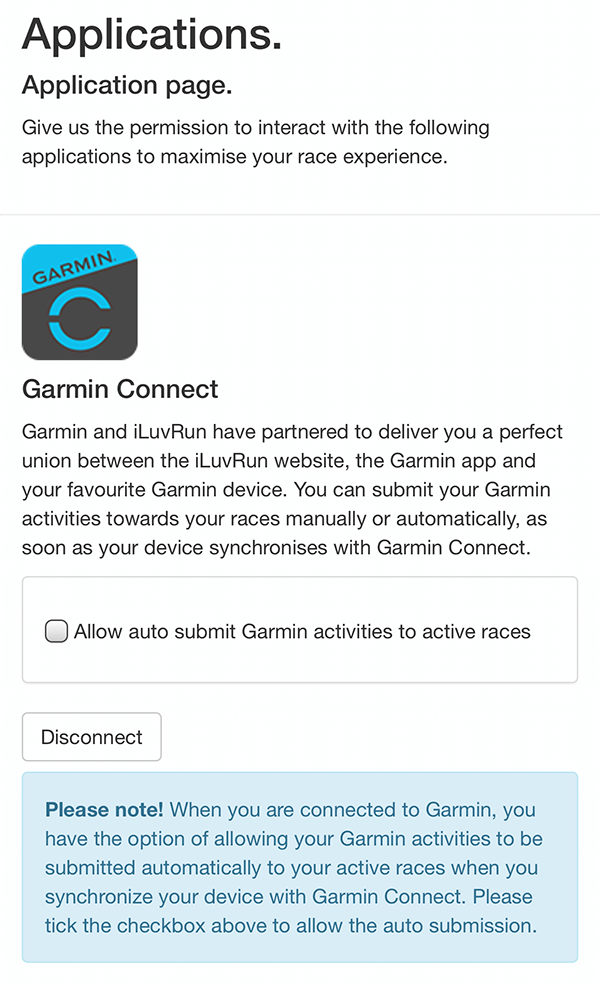
CPAP is an effective treatment, but it can also be clunky. The mask is attached to a machine that gently blows air into the airways to keep them open. Some people can use a mask that only covers the nose mask, as long as they are able to keep their mouth closed during sleep. It consists of a mask worn over the mouth and nose during sleep. Short for continuous positive airway pressure, CPAP is a common treatment for moderate-to-severe sleep apnea (although research suggests it may be helpful for people with mild sleep apnea, too). More severe sleep apnea may require a visit to a primary care doctor or an otolaryngologist (ear-nose-throat, or ENT specialist) for an evaluation and treatment.

Sewing a tennis ball into the back of your pajamas or using a wedge-shaped pillow can help keep you on your side.

Sleep apnea causes repeated pauses in breathing throughout the night.

But before exploring sleep apnea treatment options, it's important to know the more about the condition itself. Some are more convenient, while others are more invasive. But because it can be bulky, loud, and uncomfortable to wear, most patients don't stick with it.ĭepending on numerous factors, though, there are some alternative treatments to CPAP. The most common treatment recommended for this condition, which can range from mild to severe, is the CPAP machine. Sleep apnea is a disorder that affects over 18 million adults in the U.S., according to the National Sleep Foundation.


 0 kommentar(er)
0 kommentar(er)
